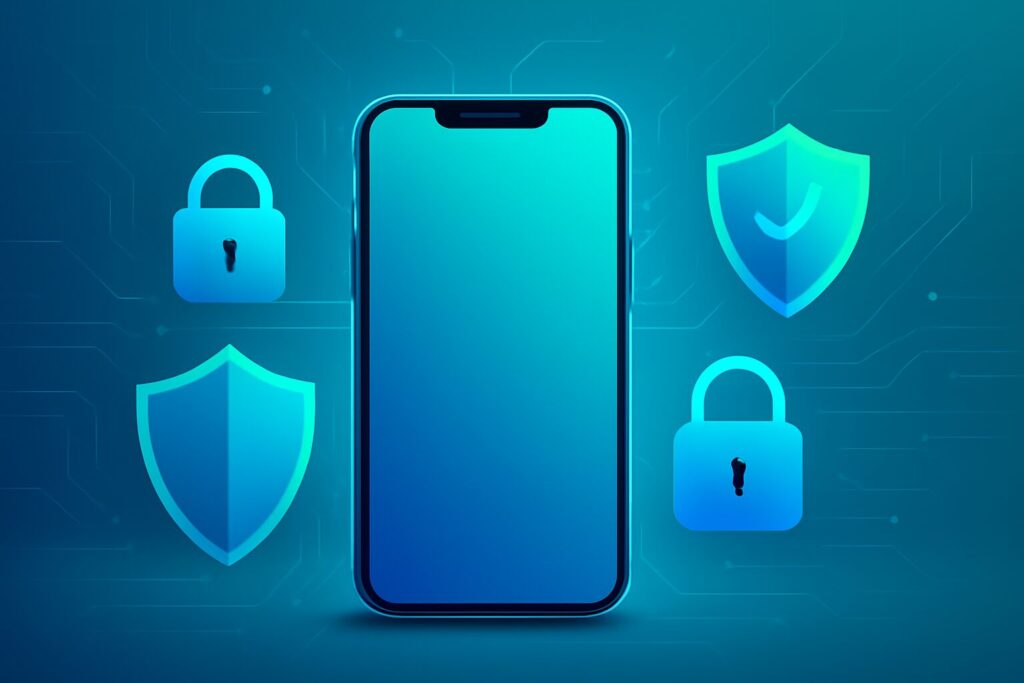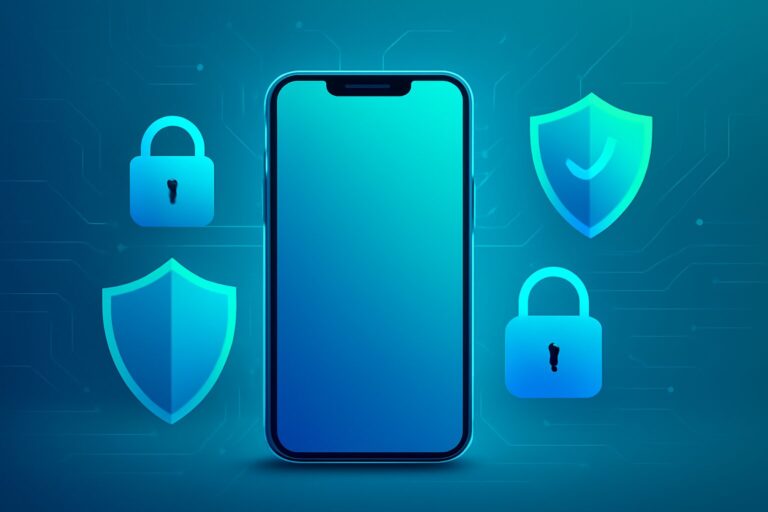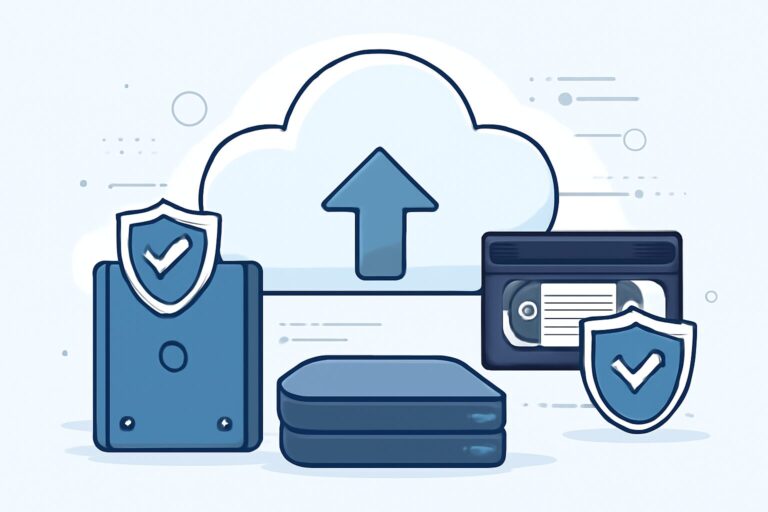# Unveiling Mobile App Privacy Risks: How to Identify the Top 3 Traps Through Testing Ahead of Time
## Introduction
Mobile app privacy risks have increasingly become a major threat in the digital era for both users and businesses. With the growing complexity of app functions and data interactions, these privacy risks have become more frequent, posing significant dangers to user information security. Effective loss prevention relies on rigorous application security testing, especially focused on critical areas like logging, data storage, and network transmission. This article will deeply analyze the three main traps in mobile app privacy risks and share proactive testing strategies to achieve data breach prevention, helping developers and enterprises detect privacy vulnerabilities early and build a robust security defense.
—
## What Are Mobile App Privacy Risks?
Mobile app privacy risks refer to the possibility that users’ sensitive personal information may be leaked, misused, or accessed illegally due to application design flaws, improper data handling, or insufficient security measures. With the widespread use of mobile internet, smartphones have become the main platform for daily life and work, but apps handling massive personal data often suffer from insufficient security awareness or technical loopholes, leading to frequent information leakage incidents.
Specific manifestations include unnecessary over-permission requests, insecure logging practices, improper data storage, and unencrypted network transmission. For example, a well-known social app exposed user chat records because of non-desensitized logs, causing massive sensitive content leaks; or applications storing user location data in plaintext locally, vulnerable to malicious software theft.
Industry data shows over 70% of mobile apps have some degree of privacy risk, often concentrated in several core areas. These risks not only threaten user privacy rights but may also cause legal issues and brand trust crises. To address these challenges, a technical-rooted method using systematic application security testing is essential to identify hidden dangers and achieve data breach prevention.
—
## Mobile App Logging and Sensitive Data Leakage Testing (Application Security Testing)
Application logs are crucial for app development and operation, used for error tracking, performance monitoring, and user behavior analysis. However, logs often contain large amounts of sensitive information like phone numbers, location data, user identifiers (UID), and even encrypted tokens. If sensitive data is not properly desensitized or encrypted, a breach of log files can instantly expose private details such as phone numbers or ID cards.
A real case in 2019 involved a financial app mistakenly storing full user authentication tokens in logs, enabling hackers to access thousands of accounts in a short time, causing substantial losses. Such incidents remind us that log security testing is indispensable in detecting mobile app privacy risks.
During application security testing, specialists conduct both static and dynamic analysis targeting the logging module, including:
– Checking whether logs output sensitive information
– Testing access permissions of log files to prevent unauthorized access
– Verifying the effectiveness of log desensitization mechanisms
– Simulating attacker scenarios extracting and analyzing log data
Thorough log leakage testing helps uncover overlooked sensitive output points and log access control vulnerabilities for timely remediation.
—
## Local Storage Security Scanning and Risk Investigation (Data Breach Prevention)
Local storage plays a key role in processing and caching data for mobile apps, often storing credentials, configuration files, cached images, and business data. If local data is stored without encryption or uses simple methods like Android’s SharedPreferences, attackers can easily steal data through physical device access or malicious apps.
Security experts use a combination of automated scanning tools and manual audits to comprehensively investigate local storage risks. Typical security issues include:
– Storing sensitive info like passwords or tokens in plaintext
– Unsafe file permissions allowing other apps to read
– Lack of comprehensive data encryption or signature verification
– Storing excessive or outdated user private data
For example, a health management app saved user health metrics in unencrypted JSON files on devices, allowing attackers to collect private data with simple file browsers, posing severe risks.
Effective data breach prevention recommendations include:
– Mandatory encrypted storage of sensitive information using industry-standard algorithms like AES-256
– Restricting file access permissions so only the app can access local sensitive data
– Periodic cleanup of unnecessary cache files
– Employing secure container technologies to isolate sensitive data
Rigorous local storage security scanning significantly reduces privacy leak risks caused by improper local data handling.
—
## Insecure Network Transmission and Encryption Testing (Network Encryption Protection)
Data transmission between mobile apps and servers is another critical area for privacy protection. Without strong encryption protocols, sensitive data is vulnerable to attacks like man-in-the-middle (MITM) and traffic sniffing. Unfortunately, many apps still have severe weaknesses in HTTPS configuration or encryption implementation.
For example, a travel app failed to update an expired certificate and even transmitted user login passwords and payment data over HTTP plaintext, leading to account theft. These problems are typical and have serious consequences.
Key checks during network encryption protection testing include:
– Enforcing TLS 1.2 or above; avoiding deprecated SSL/TLS versions
– Ensuring complete certificate validation to prevent data hijacking
– Encrypting critical data with algorithms like RSA or AES before transmission
– Supporting latest security standards like HTTP Strict Transport Security (HSTS)
Testers use sniffing tools to simulate MITM attacks and verify if data is transmitted in plaintext; also check if apps store intermediate cached data that might expose sensitive info.
Network layer security is essential to prevent mobile app privacy risks. Comprehensive network encryption testing forms the foundation of end-to-end privacy security.
—
## Access Control and Permission Management Security Verification (Access Control Testing)
Weak permission management and access control are major causes of mobile app privacy risks. Loose authorization mechanisms can lead to unauthorized access to user data or cross-app privilege escalation. For example, apps without strict identity verification allow attackers to bypass security checks to access other users’ data.
Security professionals focus on:
– Robust user identity authentication (including support for multi-factor authentication)
– Granular permission management, especially for sensitive functions
– Complete data access isolation among different user roles
– API-level blocking of unauthorized data requests
Tests simulate role switching to attempt unauthorized user data access and analyze permission requests for clear and strict definitions. Thorough access control testing ensures correct permission configuration to prevent privilege escalation.
A solid access security system is a strong firewall for mobile app privacy protection. Otherwise, even well-secured other layers cannot fully prevent data leaks.
—
## Privacy Compliance Checks: Regulations and Best Practices (Privacy Compliance)
With regulations like GDPR and China’s Personal Information Protection Law (PIPL), compliance is a critical step in mobile app development. Beyond technical defenses, apps must meet strict laws on data collection, storage, and usage.
Privacy compliance checks include principles such as data minimization, user consent mechanisms, transparency in privacy policies, and fair data handling processes. Compliance efforts ensure:
– Clear data collection purposes; only essential data gathered
– Users’ rights to access, modify, and delete their data
– Transparent privacy policies with clear disclosure
– Embedding privacy-by-design in development lifecycle
Checks combine automated tools and manual reviews, e.g., open-source compliance tools verify permission declarations, and privacy policy reviews ensure legal adherence.
Following both international and local privacy laws reduces legal risks and builds user trust. Technical security and regulatory compliance together establish a lasting privacy protection framework.
—
## How to Catch Privacy Vulnerabilities Early Through App Security Testing?
Early risk identification to minimize data breaches is the shared goal of developers and security experts, and this is the core value of systematic application security testing. Key methods include:
1. **End-to-End Testing Strategy**
– Combining static code analysis, dynamic behavior monitoring, penetration testing, and simulated attacks without blind spots.
2. **Focus on High-Risk Areas**
– Thoroughly auditing sensitive log fields, unencrypted local storage, weak encryption transport, and lax permission management.
3. **Integrate Automated Scanning Tools**
– Utilizing frameworks like Mobile Security Framework (MobSF) recommended by OWASP for quick vulnerability detection.
4. **Combine with Compliance Audits**
– Reviewing privacy clauses, enforcing least privilege principles, and scientifically designing user consent flows.
5. **Continuous Monitoring and Retesting**
– As applications evolve, old vulnerabilities may reoccur and new risks emerge; continuous testing is crucial.
For instance, early-stage security testing helped a healthcare app discover two sensitive data leak issues in logs and one remote code execution risk, which were remediated before release, successfully protecting user data and avoiding a major breach.
In short, embedding security testing throughout the development lifecycle combined with real-time threat intelligence enables timely vulnerability detection and ensures app security stability.
—
## FAQ
**1. What are the main sources of mobile app privacy risks?**
Sources include log data leakage, insecure local storage, plaintext network transmission, weak permission management, and lack of privacy compliance.
**2. How often should application security testing be performed?**
At minimum, a comprehensive test before each app release; high-risk sectors should implement continuous integrated automated testing.
**3. What are best practices for data breach prevention?**
Data encryption at rest, mandatory HTTPS usage, strict permission controls, desensitized sensitive info, and controlled log access.
**4. How do I determine if my app is compliant?**
Align with relevant privacy laws and conduct privacy compliance audits plus user consent process evaluations.
**5. Are there any free application security testing tools recommended?**
MobSF is a widely recognized open-source automated testing framework suitable for initial vulnerability assessment.
**6. Should application logs always be recorded, and do they increase privacy risks?**
Proper logging aids issue diagnosis but requires desensitization of sensitive data and strict log access controls to ensure privacy.
—
If you face challenges in mobile app privacy protection or want to proactively prevent data leaks, consider professional application security testing services to safeguard your product. De-Line Information Technology offers comprehensive app security and privacy protection solutions, helping you confidently navigate tightening privacy regulations and security threats. For more information, visit our website: https://www.de-line.net, and start your secure privacy protection journey! ✨🔒📱
************
The above content is provided by our AI automation poster



